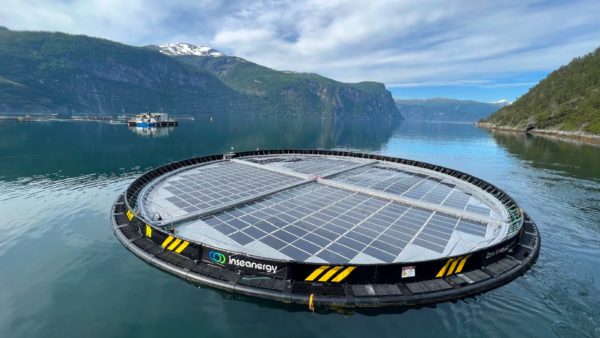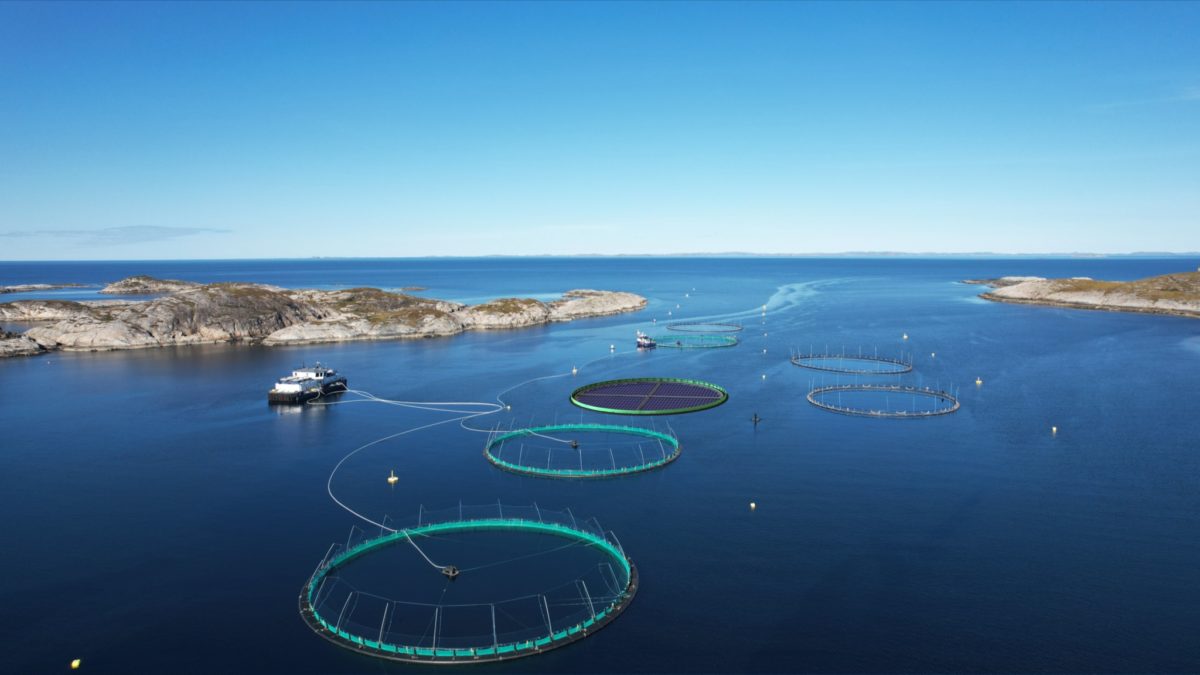Inseanergy, a Norway-based renewables developer, has built a floating solar platform for use in aquaculture projects. The SUB Solar system is installed on recycled fish-cage float rings and can be used in combination with onshore power supplies to reduce the need for diesel generators, which are traditionally used to power fish farms. It also allows for excess electricity to be sold to the grid.
The floating solar system is particularly suitable in combination with hybrid system solutions that pair batteries with downsized diesel generators, according to the company.
Inseanergy recently installed its first commercial installations after completing a pilot project with Hofseth International at one of its fish farms in Stranda, Norway. DNV and Trondheim-based research firm SINTEF tested the demonstrator and conducted a risk analysis. The upgraded SUB Solar floating system is now in the process of securing DNV certification, according to Inseanergy.
Inseanergy CEO Kari-Elin Hildre told pv magazine that the company recently installed a 290 kW floater with a diameter of 51 meters at a salmon farm in Krakholmen, Norway. Its first commercial installation was a 160 kW floater for cod-farming specialist Gadus Group.
Popular content
During regular operating hours at the fish farm, the solar panels are submerged in water, which cools them down. It also increases the weight and stability of the structure, and prevents soiling on the panels. In addition, Inseanergy uses a pump and bilge system to remove dirt and excess particles from the floating structures.

Image: Inseanergy
This content is protected by copyright and may not be reused. If you want to cooperate with us and would like to reuse some of our content, please contact: editors@pv-magazine.com.


Greetings, is solar power reliable to supply power to heaters to warm water from 25 to 35 degrees,. I ask this coz the area where I have located the fry hatchery is far from the national grid.